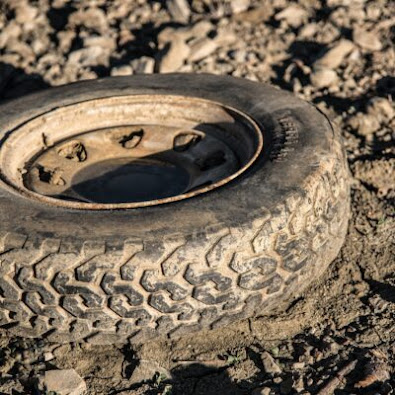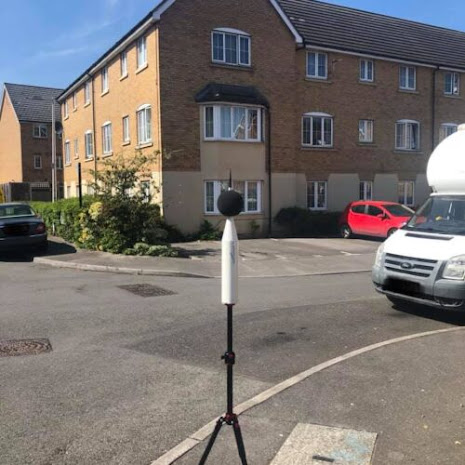An Essential Guide to Desktop Study: An Important Part of Land Risk Assessment
A contaminated land environment Phase 1 Desktop Study is a crucial part of contaminated land risk assessment. Why has it been designed? It has been intended to provide a qualitative assessment summary of the vulnerabilities to the existing and future occupants and the wider environment due to the presence of any contamination on or in close proximity to the proposed study site.
There are many causes
to undertake a Phase 1 Desktop Study:
Evaluate the Potential Risks
Before purchasing a
site, it is important to identify and assess if there are any risks which are
linked with a site and the possible obligations that the buyer may have to
undertake. This may further affect the value of the site.
Planning Conditions
Planning condition is needed to accompany a planning application or to discharge a planning condition.
The Phase 1 Desktop
Study is normally conducted while embarking upon a site investigation process
to characterize the site. The report includes:
- Executive summary:
It is the summary of the report and findings on one page.
- Site details: It
reveals the facts like site detail, site boundaries, proposed site use,
details of the walkover survey, present land use.
- Historical appraisals-
It encompasses an investigation of historical ordinance survey plans of
the past uses and structure on-site and the immediate surrounding
region.
- Environmental appraisals- Environmental appraisals include potential
contamination sources, landfill sites, hydrogeology, and flooding,
etc.
- Geological Appraisals: There come the considerations like artificial
grounds, bedrock, mining, natural ground subsidence, etc., under
geological appraisals.
- Conceptual ground model- Under conceptual ground models, there is the
preliminary risk assessment of potential ground-related hazards.
- Site investigation: It includes the recommendations related to
contamination analysis, ground gas monitoring (if required).




Comments
Post a Comment